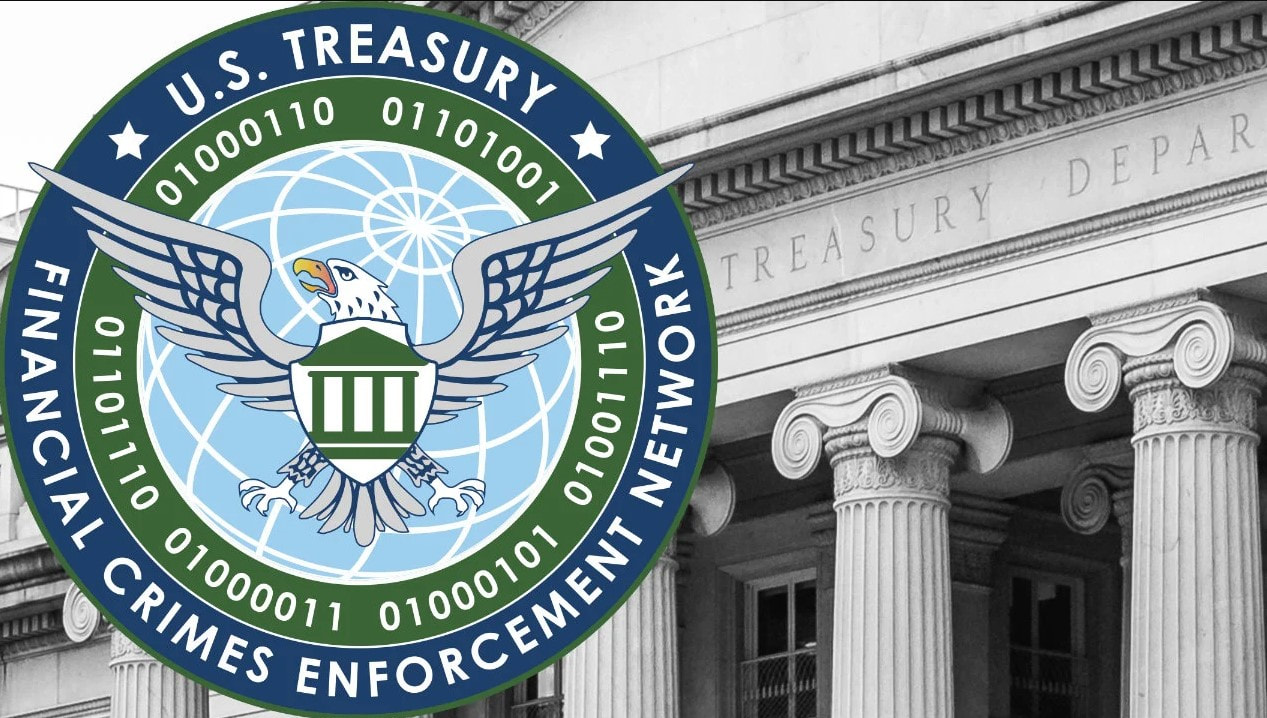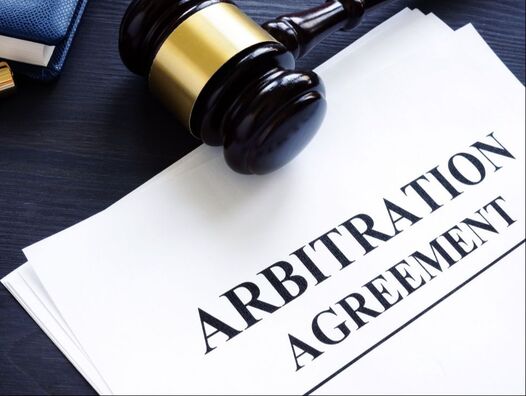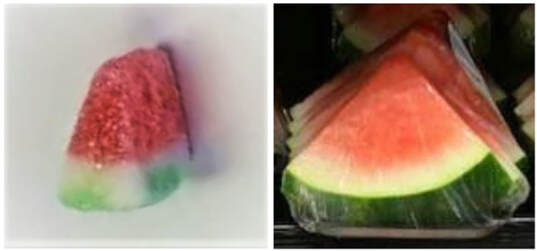
The Corporate Transparency Act took effect on January 1, 2024. Compliance with the Act’s reporting requirements is mandatory for the vast majority of small businesses, and there are significant potential consequences for failure to comply, including civil fines and criminal penalties.
The Act requires all corporations, limited liability companies, and other companies formed by state filings, as well as foreign companies doing business in the U.S., to comply with the reporting requirements, unless otherwise exempt. Exempt companies include large operating companies, SEC regulated, publicly traded companies, investment companies, banks, 501(c) tax exempt companies, and inactive companies.
The Act requires disclosure of the identity of each entity’s “Beneficial Owners,” which includes any individual who either directly or indirectly: (1) exercises substantial control over the reporting company, or (2) owns or controls at least 25% of the reporting company’s ownership interests. Persons having “substantial control” include senior officers, persons with authority to appoint or remove certain officers or a majority of the directors or other important decision-makers.
For each such individual the following information must be reported to the Financial Crimes Enforcement Network by the reporting deadline:
• Full legal name;
• Date of Birth;
• Address (for individuals, this must be the residential address);
• Unique identifying number from government-issued identification (e.g. driver’s license); and
• A scanned copy of the identifying document.
The filing can be done online, and there is no filing fee. If the company was formed or registered prior to January 1, 2024, the deadline to file is January 1, 2025. The Act also requires information to be updated if it changes, and inaccuracies corrected.
For companies formed after January 1, 2024, the entity must also disclose any “Company Applicant,” which means a person who files, or directs to file, the registration or formation documents with the State.
The filed information is not generally available to the public. It will be available to Federal, State, local, and Tribal officials, as well as certain foreign officials who submit a request through a U.S. Federal government agency, to obtain beneficial ownership information for authorized activities related to national security, intelligence, and law enforcement. Financial institutions will have access to beneficial ownership information in certain circumstances, but only with the consent of the reporting company. Those financial institutions’ regulators will also have access to beneficial ownership information when they supervise the financial institutions.
The Act requires all corporations, limited liability companies, and other companies formed by state filings, as well as foreign companies doing business in the U.S., to comply with the reporting requirements, unless otherwise exempt. Exempt companies include large operating companies, SEC regulated, publicly traded companies, investment companies, banks, 501(c) tax exempt companies, and inactive companies.
The Act requires disclosure of the identity of each entity’s “Beneficial Owners,” which includes any individual who either directly or indirectly: (1) exercises substantial control over the reporting company, or (2) owns or controls at least 25% of the reporting company’s ownership interests. Persons having “substantial control” include senior officers, persons with authority to appoint or remove certain officers or a majority of the directors or other important decision-makers.
For each such individual the following information must be reported to the Financial Crimes Enforcement Network by the reporting deadline:
• Full legal name;
• Date of Birth;
• Address (for individuals, this must be the residential address);
• Unique identifying number from government-issued identification (e.g. driver’s license); and
• A scanned copy of the identifying document.
The filing can be done online, and there is no filing fee. If the company was formed or registered prior to January 1, 2024, the deadline to file is January 1, 2025. The Act also requires information to be updated if it changes, and inaccuracies corrected.
For companies formed after January 1, 2024, the entity must also disclose any “Company Applicant,” which means a person who files, or directs to file, the registration or formation documents with the State.
The filed information is not generally available to the public. It will be available to Federal, State, local, and Tribal officials, as well as certain foreign officials who submit a request through a U.S. Federal government agency, to obtain beneficial ownership information for authorized activities related to national security, intelligence, and law enforcement. Financial institutions will have access to beneficial ownership information in certain circumstances, but only with the consent of the reporting company. Those financial institutions’ regulators will also have access to beneficial ownership information when they supervise the financial institutions.




